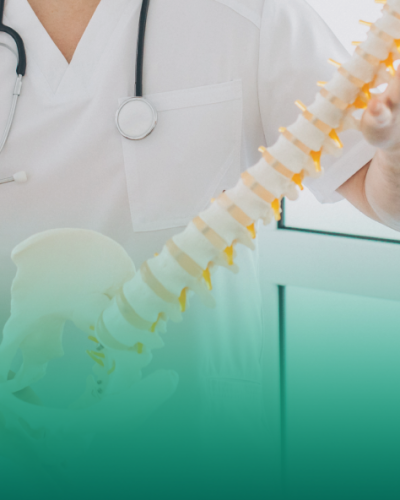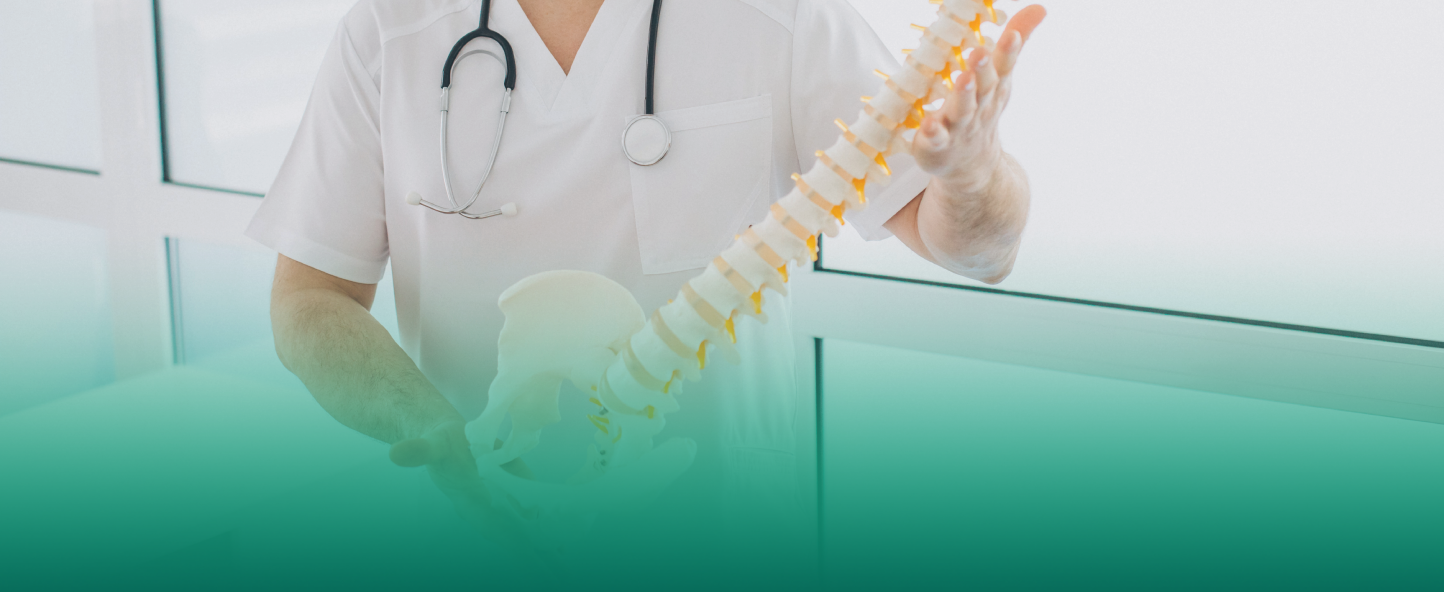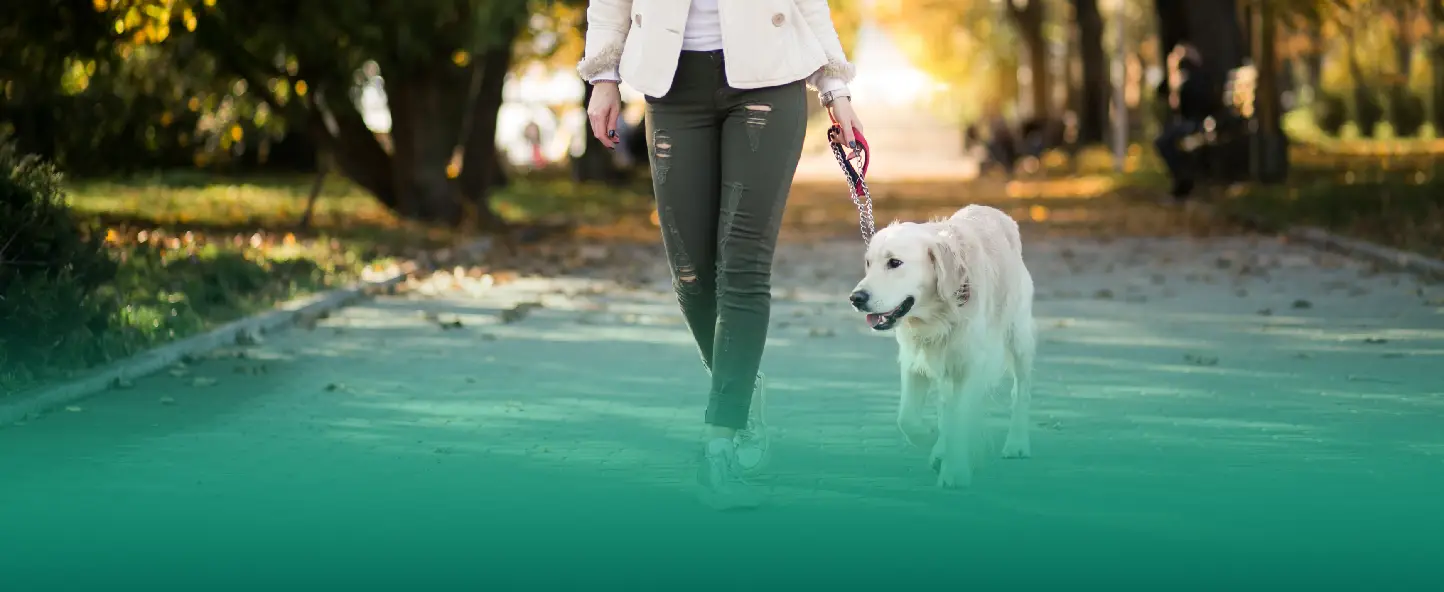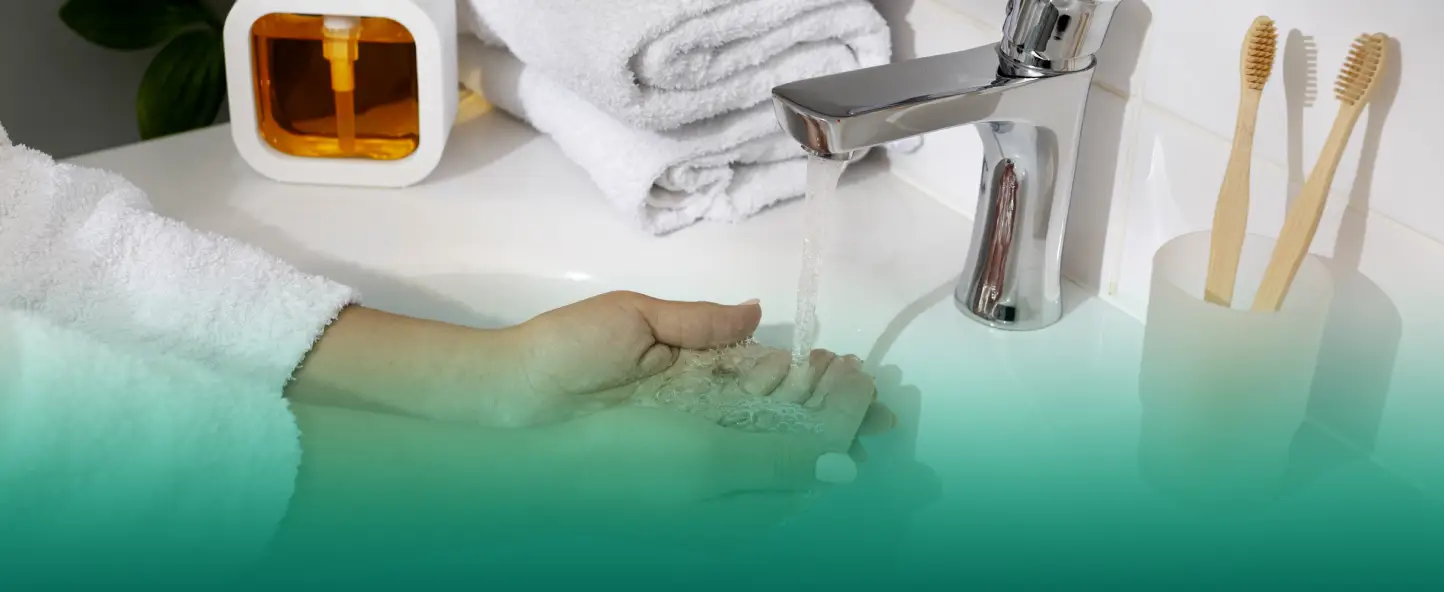Let’s look at some common myths about herniated discs and find out what’s actually true and what’s not.
Myth: A hernia must be treated
If a hernia does not cause pain or interfere with daily life, it does not always need to be removed. This applies, first of all, to intervertebral hernias.
Whether or not to treat a hernia depends on several factors, such as the size of the hernia, the presence of symptoms and complications, the patient’s general condition, and his or her preferences. For small hernias that do not cause significant symptoms or complications, the doctor may suggest watching and waiting, especially if the patient is not experiencing discomfort or pain. However, if there are unpleasant symptoms or the risk of complications, such as entrapment or gangrene of the hernial sac, treatment is usually recommended. Surgery is recommended in severe cases with severe pain or numbness of the limbs.
In other cases, conservative treatment prescribed after consultation with a neurologist or osteopath can help. Treatment may include wearing a special bandage, lifestyle changes, and drug therapy. It is important to discuss all treatment options with your doctor to determine the most appropriate approach to managing your hernia.
Myth: Hernia occurs due to heavy lifting
Lifting heavy objects can be a risk factor for developing a hernia, especially if the weight being lifted is too heavy or if lifting technique is poor. However, not always. It can also be caused by weakness of the abdominal muscles, abnormal internal pressure in the abdominal cavity, tissue stretching or other factors such as age, gender, heredity, pregnancy, obesity, chronic cough.
Myth: Hernia occurs only in older people
A hernia can occur in both children and adults, including young people. In young people, this is most often associated with sports injuries, in middle-aged people – with prolonged sedentary work, and in older people – with deterioration of spinal mobility.
The incidence of hernias increases with age. In older people, hernias are more common due to the natural aging process and weakening of the tissue.
Myth: Hernia does not pose a health risk
The hernia may be safe as long as it can be treated conservatively. While some hernias may be asymptomatic and present no immediate danger, others can be serious and require medical attention.
However, if the hernia causes an organ to be pinched, not having surgery can be fatal. A strangulated hernia can occur even without much physical exertion, for example, with constipation, coughing or straining.
A strangulated hernia means that its contents (usually the intestines or stomach) become trapped in the hernial sac, which can lead to poor circulation and tissue necrosis. This condition requires immediate medical attention and can be life-threatening.
Myth: Hernia can be cured with traditional medicine
Traditional methods cannot completely cure a hernia. Treatment of inguinal, abdominal or umbilical hernia is carried out only by surgery. The use of modern surgical techniques, such as the use of synthetic mesh prostheses, significantly reduces the risk of hernia recurrence.
Folk remedies such as compresses, tinctures, herbal teas and exercises can help strengthen muscles and improve overall health, but they may not be effective in eliminating the hernia itself.
Myth: Stretching the back and applying heat will cure a hernia
If you have a hernia, you need to regularly stretch your spine and hang on the horizontal bar. This practice is recommended only in the absence of deformation of the intervertebral discs and always after consultation with a doctor.
Warming the hernia site helps it disappear. In the case of hernia pain, heating can worsen the condition by causing swelling and increasing inflammation. Warming should be used only after consultation with a doctor, taking into account possible contraindications.






